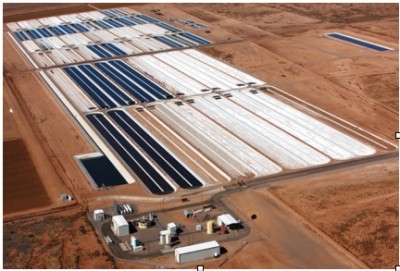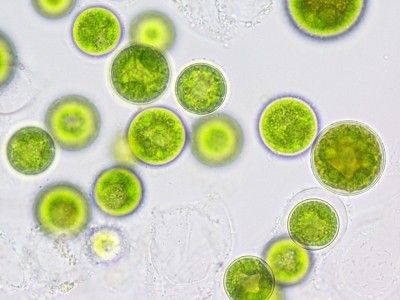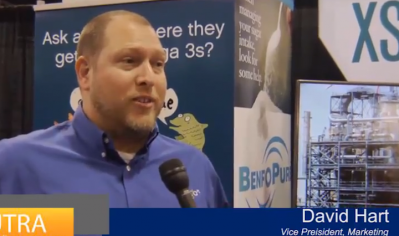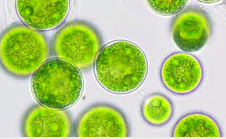Qualitas opts for direct route to market with successful NDI filing on its algal EPA ingredient
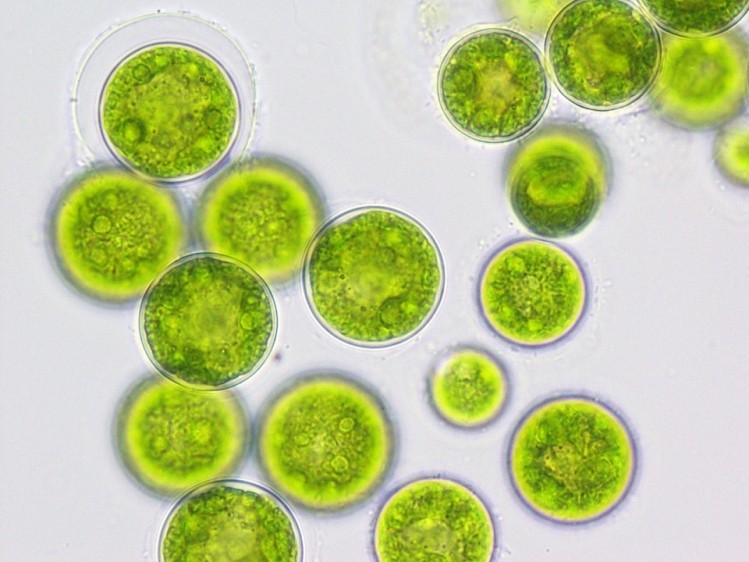
“We wanted to take any question of the regulatory status of the ingredient off the table with a very robust answer,” David Hart, vice president of marketing for Qualitas told NutraIngrdients-USA.
Photosynthetic organism
Qualitas is headquartered in Jerusalem, Israel, but is building its algae production facility in West Texas. The location features ample sunlight, cheap land and access to large stores of saline groundwater to grow its Nannochloropsis oculata photosynthetic strain. Qualitas is pursuing an open-pond cultivation method, which it believes is the only algae cultivation approach that can be scaled up economically. It is nearing commercial scale production on a grow site that, when finished, will cover 60 acres.
Qualitas’ ingredient—branded as Almega PL—sports a unique chemical profile consisting of polar lipid structure featuring both phospholipids and glycolipids that the company says makes for superior absorption and digestibility. Qualitas notes that its NDI notification is valid only for Almega PL’s specific composition and manufacturing process. Other aspects of Qualitas Health’s intellectual property—including algae growth and extraction techniques and Almega PL’s composition—are patent-protected.
Faster route to market
Recent opinions by experts active in the business of husbanding new ingredients through the regulatory review process have observed that the NDI process as it currently stands seems overly difficult, with a first-time rejection rate for NDI notifications standing at 75% or higher. Some companies also seem to be opting to go the self-affirmed GRAS route instead, which seems to offer a path to a subsequent dietary supplement. Hart said Qualitas was not interested in taking any sort of circuitous route to market. They wanted to be as upfront as possible.
“For us it was a question of where is our major market? Our major market to start with is in dietary supplements. At the end of the day the basic science you have to perform is the same anyway and a NDI notification offered a faster path to market,” Hart said.
Qualitas CEO Yuri Shoshan said in his opinion the notification process was not burdensome.
“Perhaps it is a statement of having chosen the right partner (Burdock Group). It is to their credit that for us the process of dealing with FDA was a pleasure. It was very smooth,” he said.
Hart said having the NDI notification in the bank will form a basis for the future plans for the ingredient.
“There are some steps to go through to use that science in a GRAS affirmation. It has to be peer reviewed and published. You have to convene your expert panel.
“We made this decision more than two years ago. In the end we thought taking the regulatory question head on with an NDI notification was faster and cheaper than trying to find short cuts. And it will form the basis of similar regulatory submissions around the world in places like Australia, Southeast Asia, Europe and Canada,” Hart said.
Changing market conditions
In the time since Qualitas made that decision, the omega-3s market has changed, and not for the better. Shoshan said that while certain parts of the market seem to be stuck in the doldrums, he believes in the underlying need and demand for the ingredient.
“At the low end of the market, the commoditized ingredients where things are crowded, there you see some stagnation. At the high end, krill has shown that when high value products are introduced the growth and demand is there,” he said.
And Shoshan said there is room for a high-end ingredient that has a clean sustainability story to tell.
“Omega-3s are the biggest ingredient that comes from non sustainable sources. Algae is a sustainable source; it is more an issue to find out how to grow it, extract it and produce it economically,” he said.
GRAS for food
A GRAS submission would have as its goal a functional food application. It’s something that Hart admits is still a ways off, and indeed, has been a challenge for all suppliers of omega-3s, regardless of the source.
“Omega-3s and food is a great match. It’s a nutrient that has great consumer awareness. While the organoleptic profile of Almega PL is different than fish (it has more of a seaweed taste), we are still working on making sure the food will taste good. That’s the bottom line for consumers,” Hart said.

